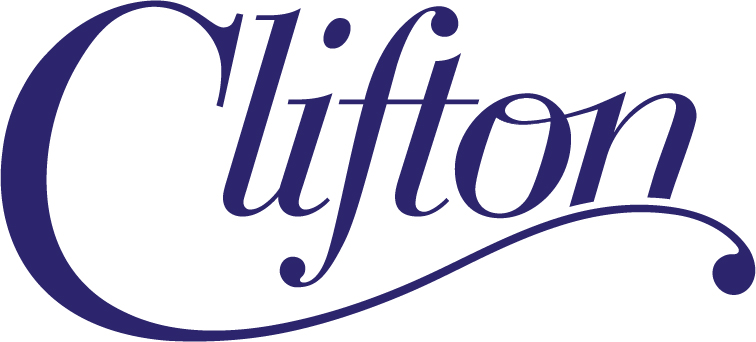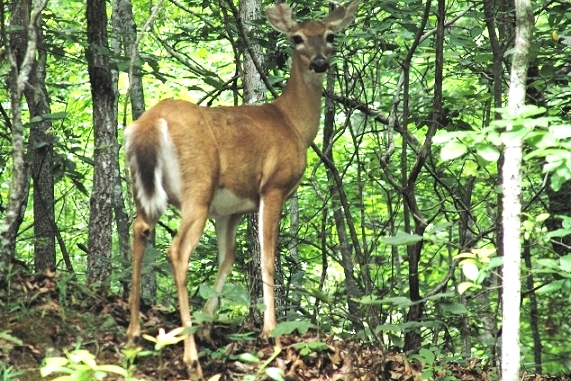By Beth Whelan, for the Clifton Deer Project
Here’s an exciting update about the collaboration between Clifton, the Cincinnati Parks and the Ohio Department of Natural Resources (ODNR) to address our overabundance of white-tailed deer. We love our deer in Clifton and don’t want to harm them . . . we just wish there weren’t so many!
Too many deer devastates the eco-system and endangers drivers on our roads. For a healthy eco-system, experts say there should be 15-20 deer per square mile. Clifton is up to 50 per square mile in 2015. That’s a 30% increase over last year!
As Ben Pantoja reported in the Spring edition of the Chronicle, Cincinnati’s award-winning Parks, the ODNR and Clifton, are testing an innovative and lasting approach to overabundant deer: Cincinnati’s first non-lethal deer sterilization Pilot Program. On May 11, 2015, the ODNR issued a permit authorizing Dr. Anthony J. DeNicola, Ph.D., President of White Buffalo, Inc., to proceed with a 3-5 year pilot research program. White Buffalo is a non-profit research organization that conserves ecosystems through wildlife population control with an emphasis on wildlife management alternatives in non-traditional settings (http://www.whitebuffaloinc.org/). Over the past 22 years Dr. DeNicola has conducted contraceptive and sterilization projects, as well as sharpshooting programs throughout the United States.
How will the Sterilization Pilot Program work?
Easy – ovariectomies! Confused? An ovariectomy is the removal of a female deer’s ovaries. It’s similar to, but less invasive than, spay surgeries to sterilize dogs and cats. The “rapid ovariectomy” technique developed by the White Buffalo team takes place in the field and typically takes 20 minutes or less.
Surgical sterilization is routinely used to control population growth of domestic animals (i.e., dogs and cats) and at least 14 other species. It is recognized as safe and humane for use in deer by The Humane Society of the United States. Both The Humane Society and White Buffalo reports that the mortality rate is less than 1%. Plus, sterilized deer tend to be healthier and calmer than fertile deer — and they don’t attract bucks thereby reducing the chasing behavior that can result in dangerous deer-vehicle collisions.
Capture and sterilization happens at night when deer are most active and few people are in the parks. Female deer are lured to bait stations and darted with a tranquilizer. The team tracks the deer until they are unconscious then transports them to a temporary sterilization site where a licensed veterinarian performs the ovariectomy and injects long-acting antibiotics and pain medication. The lead veterinarian for the Program is Dr. Randy Junge, DVM, DACZM, who has 25 years of experience in zoo medicine and has performed approximately 60 deer sterilizations. Dr. Junge, who is currently VP of Animal Health at the Columbus Zoo, will perform the ovariectomies and train and supervise local veterinarians to also perform the procedure.
All sterilized deer are tagged. Plus, one mature doe in each matrilineal group will be radio-collared to make future capture easier, track migration rates and patterns and assess survival rates. Treated deer are returned to the area where they were captured (in locations with the lowest likelihood of human disturbance during recovery), administered a reversal agent and monitored for recovery complications. The entire process, from darting to release, takes approximately one hour per deer.
As a result of sterilization, the herd size is at first stabilized and then shrinks through attrition. Most communities experience a 10-20% annual reduction in the number of deer.
We need YOU to help make this Program a success in our community!
To be blunt, we need your BUCKS — not deer, we have plenty of those – but your pledges and cash donations. This Pilot Program will begin in the fall of 2015 so the time is now to make this program a success. There are many volunteer opportunities, including fundraising, neighborhood canvassing and field station volunteers. To learn more, to follow our progress, and to make a pledge/donation, please visit our website at www.cliftondeer.org or go directly to www.cliftondeer.org/donations/.
We and the deer THANK YOU!

